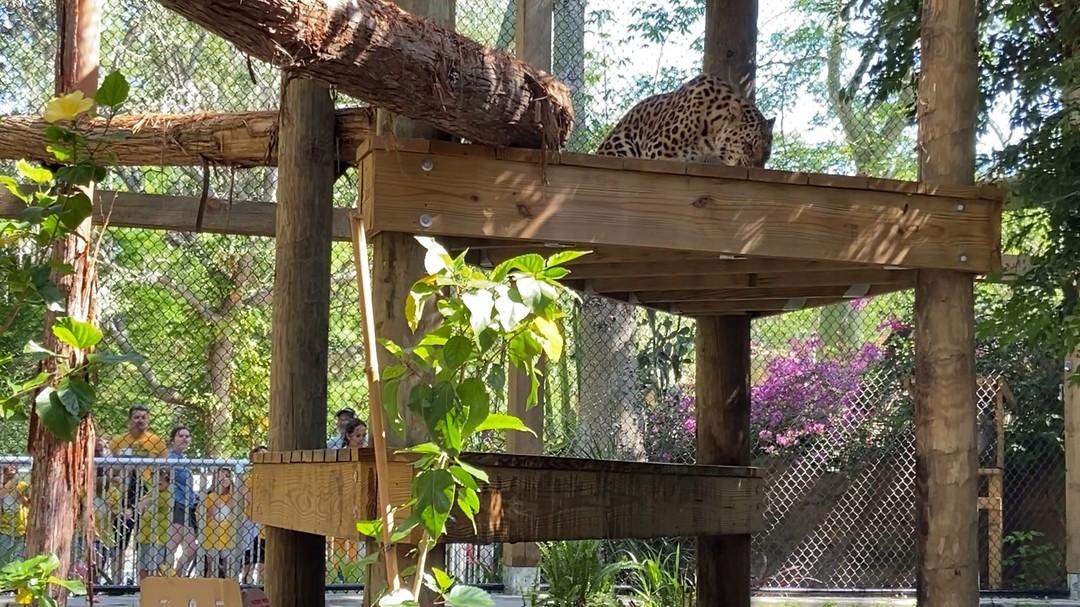- Cats and their intriguing relationship with boxes.
- Behavioral insights into feline attraction to confined spaces.
- The role of boxes in zoo enrichment programs, including those for Amur leopards.
- Conservation efforts and the significance of understanding feline behavior.
- The physical capabilities of the Amur leopard and their conservation status.
Cats, domesticated felines and their wild relatives alike, possess an intriguing fascination with boxes. This peculiar behavior has puzzled pet owners and zoologists for years. But what drives cats towards these confined spaces? This exploration delves into the intricacies of feline behavior, from domestic settings to the sophisticated environments of zoological parks.
Cats and Confined Spaces
Cats’ attraction to boxes can be attributed to several instinctual behaviors. Primarily, these enclosed spaces offer a sense of security, harkening back to their ancestral need for safety in the wild. A box provides warmth, concealment, and a vantage point from which to silently observe their environment. This behavior is not merely confined to domestic cats but extends to wild felines as well.
In the context of zoo management, understanding these instincts is pivotal. Enrichment programs for big cats, including formidable species like the Amur leopard, often incorporate boxes and similar structures. By aligning these programs with the natural behavioral instincts of the cats, zoos enhance the well-being of these animals, allowing them to exhibit natural behaviors.
The Role of Boxes in Zoo Enrichment
Boxes play a crucial role in the enrichment activities designed for cats in captivity. These activities are engineered to stimulate the animals mentally and physically. For species like the Amur leopard, which inhabit the dense forests of the Russian Far East and Korea, replicating aspects of their environment can be a complex task. Boxes—whether they be made of cardboard for smaller cats or sturdier materials for larger felines—offer a platform for leaping, hiding, and exploring.
Temur, a male Amur leopard, is a perfect illustration of how boxes can serve as effective tools in enrichment. Known for his agility and curiosity, Temur frequently uses these boxes to hunt for hidden treats, mimicking predatory instincts and keeping him engaged. By observing such interactions, zoo professionals gain insights into feline needs and preferences.
Amur Leopards: Physical Capabilities and Conservation
The Amur leopard is a rare and endangered subspecies, distinguished by its incredible physical prowess. With the ability to leap 19 feet horizontally and up to 10 feet vertically, their movements are a testament to their evolutionary adaptations. These skills not only aid in hunting but also in navigating their environment with precision. In a zoo setting, replicating these natural behaviors ensures the maintenance of their physical agility.
However, beyond the walls of zoos, the Amur leopard faces numerous conservation challenges. Habitat loss, poaching, and prey depletion threaten their survival. Conservation efforts are critical, focusing on habitat preservation, anti-poaching initiatives, and breeding programs to bolster populations both in captivity and the wild.
The Significance of Understanding Feline Behavior
Understanding why cats are drawn to boxes extends beyond simple curiosity. It plays a vital role in improving their quality of life, especially in captivity. For conservationists, ensuring animals exhibit natural behaviors is fundamental. This not only supports their physical health but also their psychological well-being.
Wildlife conservationists and zoo professionals collaborate to develop environments that mimic the complexities of a natural habitat, and boxes serve as one element in this intertwined effort. By fostering environments where animals feel secure, these institutions contribute significantly to the global efforts aimed at preserving these majestic creatures.
Conclusion
Cats and boxes exemplify a fascinating intersection of instinct, behavior, and conservation. Whether it’s a domestic feline lounging in a cardboard box or an Amur leopard engaging in an enrichment activity, this behavior underscores the fundamental nature of cats. Through continuous study and understanding, we enrich not just the lives of these animals but also deepen our appreciation of their intricate worlds.
*****
Source Description
Cats and boxes. A classic combination.
Temur, our male Amur leopard, is an expert at discovering hidden enrichment items – and check out how effortlessly he makes the leap up to his perch!
It’s been reported that Amur leopards can jump 19 feet horizontally and up to 10 feet vertically.
.
.
.
class=”instagram-media” data-instgrm-permalink=”https://www.instagram.com/reel/DJMczdHJZ_k/” data-instgrm-version=”14″ style=” background: border:0; border-radius:3px; box-shadow:0 0 1px 0 rgba(0,0,0,0.5),0 1px 10px 0 rgba(0,0,0,0.15); margin: 1px; max-width:540px; min-width:326px; padding:0; width:99.375%; width:-webkit-calc(100% – 2px); width:calc(100% – 2px);”>


